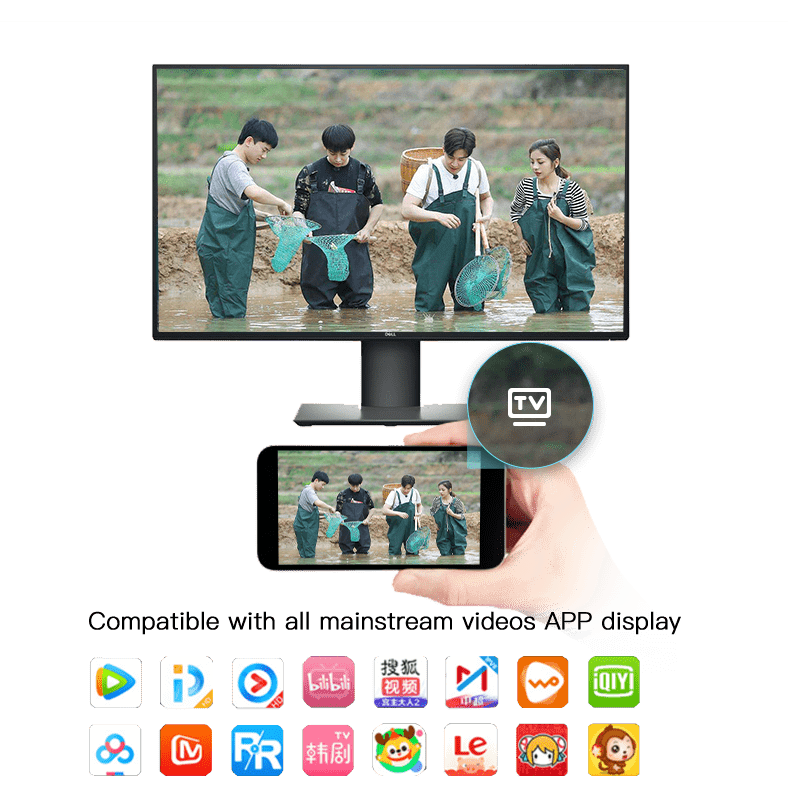How to cast screen for Android DLNA?|BJCast
1. Choose a device that supports DLNA: First, ensure that there is a TV or other display device that supports DLNA, such as a projector, speaker, etc., and that these devices are connected to the same WiFi network.
2. Check and enable the phone’s DLNA function: On an Android device, go to the “Settings” menu and find the “More Connections” or “Connections and Sharing” options. In this option, search for settings related to DLNA or screen mirroring and ensure that they are enabled.
3. Use video apps for screen mirroring: Open video apps that support DLNA, such as Tencent Video, iQiyi, etc. When playing a video, check if there are buttons or options related to screen mirroring or DLNA. Usually, this button may be labeled as “TV”, “screen mirroring”, or similar names. Click this button, and your phone will search for nearby DLNA devices.
4. Connect the device and cast the screen: Select your TV or other display device from the list of searched devices. Once the connection is successful, the video content on the phone will begin to be transmitted to the TV or other display devices through DLNA technology. At this point, you can watch video content on your phone on a TV or other device.

In addition, if you want to push pictures and music to your TV, you can also achieve it through DLNA. Select and enable the DLNA feature on the TV homepage, and then use the corresponding app on the Android device for push notifications. For example, you can use a picture app to push local images to the TV for display.
It should be noted that the screen mirroring effect of DLNA may be affected by network environment and device performance. During use, ensure that devices such as mobile phones and televisions are in a good network environment to achieve a more stable and smooth screen mirroring experience.
In short, Android DLNA screen mirroring is a convenient and practical feature that can project content from the phone onto a larger screen for viewing and sharing. By following the above steps, you can easily use this function.